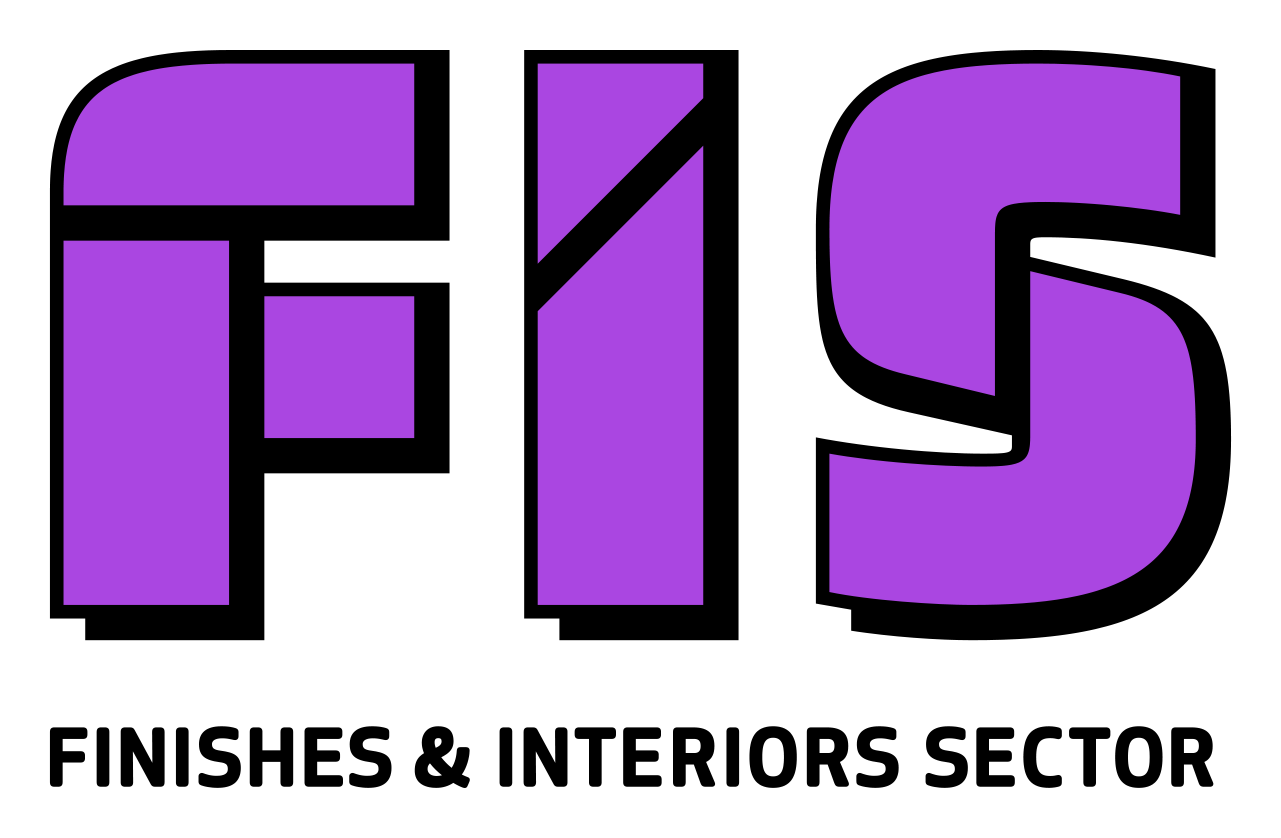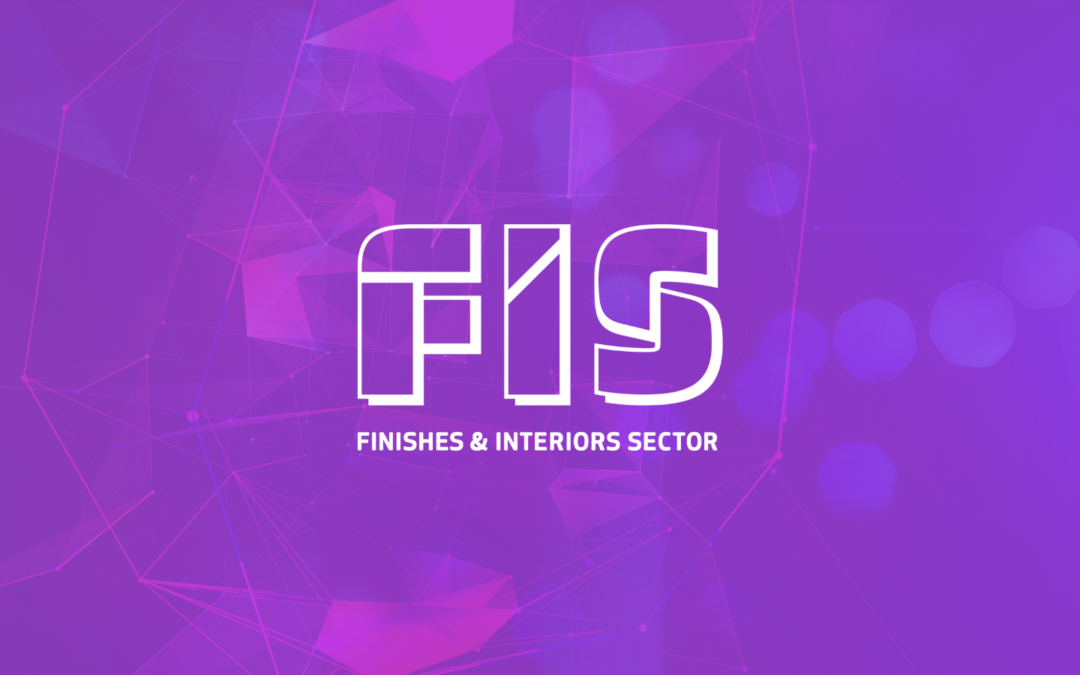The meeting was chaired by Diane Tocco, Director of Diane Butterworth Limited, a longstanding FIS Member that specialises in digital solutions, initial office planning, visualisation and Revit Families.
Diane opened by reminding the attendees of the whole group objectives –
- Establish best practices and encourage the sharing of knowledge.
- Help appraise membership and support digital tools as they emerge in the sector.
- Support the implementation of digitisation within organisations by influencing and educating key decision-makers and providers.
- Simplify the understanding of emerging tools and interoperability between them.
- Ensure engagement is active within the sector to the wider conversation of digital construction.
And the specific focussed Objectives of the day:
- Support compliance with the more onerous Information Management requirements in the revised Building Regulations (the Golden Thread)
- Integration of digital tools and the impact on the Golden Thread.
- Evaluate the application of BIM to drive improvements in the delivery of training and safeguarding health.
To set the scene for the meeting Iain McIlwee revisited the progress of the Group from BIM4Fit-out to the Digital Construction Working Group and the tools and support that has been developed including:
- BIM Toolkit
- Key Product Data Templates
- FIS guidance on Pre-Qualification BIM Questions
- And the Digital Spine
This year the substantive piece of work was the development of the FIS White Paper: Introduction to the Golden Thread and Digital Information Plans published in October.
Legislation: What is the Golden Thread?
George Stevenson, Chairman www.bim4housing.com and Managing Director at ActivePlan Consulting Ltd
George Stevenson of ActivePlan Limited and Chair of the BIM4Housing Group update on work that FIS has supported in developing Asset Modelling that is aligned to and supporting the delivery of the Golden Thread.
Overview new FIS Guide: Introduction to the Golden Thread and Digital Information Plans
Iain McIlwee, CEO, Finishes and Interiors Sector
Iain then ran through the key sections and learnings from producing the White Paper and into details of the research that FIS has conducted in 2023 to understand digital readiness within the sector.
Key findings from FIS research are that 28% of Suppliers and 72% of contractors do not currently have a Digital Information Plan in place. Concerns we raised about information available, particularly time taken to hunt down evidence of performance, missing interface and fixing details and confusion in terms of performance scope. Again in tender packs the lack of critical details related to product and performance were highlighted.
Open Discussion on Key trends: Digitalisation and challenges in the finishes and interiors sector.
The discussion moved to real life examples of how the Golden Thread needs to be more clearly established at the start and more work needs to be done to define requirements upstream to ensure FIS Members are not being overloaded, overwhelmed and set up to fail. Linking this to wider technical work (and considering digital implications of technical work) was emphasised as the biggest priority for the group.
The scale of the challenge was discussed. Fundamentally Golden Thread is information that we have, simplistically it needs to be structured better to share it. Concerns remain that clients don’t know what they want so aren’t providing proportionate and structured requests for information.
It was noted that every building will have its own golden thread. The contents of it will depend on and is the responsibility of the dutyholders for that project: principal designer, principal contractor and client.
The question was posed, “What defines the piece of unambiguous information used to define the beginning of the Golden Thread?”. This is difficult to define and comes back to questions. Simplistically this was identified as a requirement, that needs to move from performance to a prescriptive requirement, which is then satisfied by a product (and supporting evidence). Then the Golden Thread is a digital connection between that and what was installed (check the right product was installed correctly).
The importance of System based thinking was discussed, because the next level is the context of a product within a system and ultimately the building.
Looking at the complexity of the current situation is frightening and debilitating, so it is important to remember the fundamentals. Manufacturers must start from where they are. All the data required already exists in their systems. The challenge is to put it into structured form, so that it can be mapped against the information requirements of their clients. They won’t provide it until it is asked for – it requires a client request. That client request needs to be proportionate to their requirements for data. The data requirement should be provided in a structured form too!”
To search for the simple answer it was proposed that The Golden Thread starts with reasonable questions. Alignment and talking in the same language is a challenge, this is about clarification. One of the problems is we have all been dumping unstructured information on each other that can’t be used. Needs to be a client pull. The client has to structure requests to support structured response – legislation should start to help. Noted clients need to confirm that they have received adequate information, which encourages better interrogation and ultimately articulation of requirements.
Key questions that need to be answered clearly through the process were clarity around:
- What was specified?
- What was installed?
- What was its performance?
- Who installed it?
- Who inspected it?
- Who maintained it?
- What replaced it?
- What risks do we anticipate?
A tender, considered to be a full NBS spec, which pushed all of the design work onto the specialist contractor, all complex performance requirements (judged on pre-installation testing) and no detail. This makes a mockery of the Golden Thread as sufficient time is not allowed and information is still being dumped. Upgrading the way tenders are coming out, 300 drawings showing sections, but not the finite detail. BIM is not forcing out the detail, it is still being avoided.
Noted that it is very unusual for the partition to be modelled because there is too much detail and the problem is that who is going to do it. Partition walls are typically modelled by the architect using generic models . If using Revit there are tools to support the make-up, normally get the model and then work with the manufacturer and detail not added til stage 4, which is too late when overlapping with Stage 5 means contractors are being put in difficult predicaments and seen as the “bad guys” asking questions too late. M&E Programming was also discussed as adding to the complexity.
Cut and paste specifications with several different elements being badly and inconsistently presented was highlighted as another common problem that means effective output is difficult when the right information is not received in the first place.
Ultimately the conclusion was that the Golden Thread will fail in intent unless vital design and procurement details are managed. The Golden Thread is not a plaster and in wake of increased complexity, misaligned and badly managed tolerances, we need to emphasise the importance of the “Responsible No” and “Early Supply Chain Involvement” and standardised information requirements.
Levers for change, Golden Thread, Building Safety Act, Insurance all need to be used to accelerate the change and limit the pain in implementation of new regulations.
Swe now that we need to provide information in a more structured and efficient way. Who is responsible is still a concern and we need to look at better understanding. Key action to return to Product Data Templates and ensure we are capturing all the information that we need at the start and identifying scenarios where our information requirements are not being met.
As in all aspects of our activity the FIS focus of this group is observation (understanding the challenges and opportunities), standardisation (encouraging consistency), normalisation (collective action) and representation (ensuring external barriers are understood and removed).
Copies of presentations given at the meeting are available below.
FIS Guide to the Golden Thread and State of Play for Digitalisation 2023
FIS ActivePlan – Building Safety Act and Digitalisation 12-12-23
FIS BIM4H Case Study Doorsets Dec 2023
The FIS is hosting a session on Digitalisation of Fit-out: Transformation through information at the Workspace Design Show in February and also hosting the Digital Innovation Award at the exhibition. More details here.
To access the FIS Digital Toolkit Click here
FIS is actively seeking case studies of positive Digital Information Management to form the basis of webinars, case studies and articles in 2024. To nominate a case study, email iainmcilwee@thefis.org.

